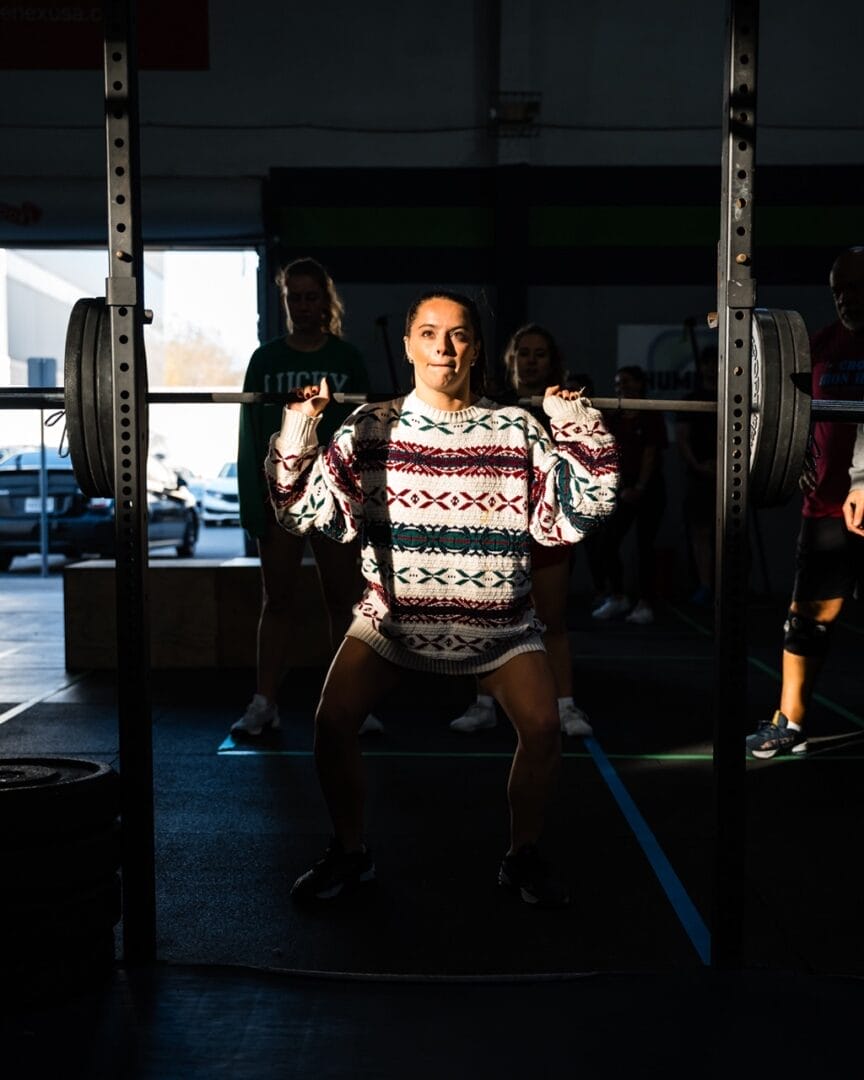5 Differences about CrossFit and Personal Training You Should Know

CrossFit and personal training are both popular approaches to fitness, but they have distinct differences in terms of structure, focus, and methodology. Here’s a breakdown of the key differences between CrossFit and personal training:
CrossFit:
- Group Setting: CrossFit typically involves group workouts led by certified CrossFit coaches. Participants perform a series of relatively high-intensity functional movements, such as weightlifting, gymnastics, and conditioning, in a supportive group environment.
- Varied Workouts: CrossFit workouts, known as WODs (Workout of the Day), vary from day to day and often incorporate elements of strength training, cardiovascular conditioning, and skill work. Workouts are designed to be constantly varied and include a mix of exercises to challenge different muscle groups and energy systems.
- Community Atmosphere: CrossFit gyms, known as “boxes,” often foster a strong sense of community and camaraderie among members. Participants encourage and support each other during workouts, creating a motivating and inclusive atmosphere.
- Competitive Element: CrossFit workouts may include elements of competition, with participants aiming to achieve personal records (PRs), compete agains themselves and the clock, or competing against their friends in timed or scored workouts. Some CrossFit gyms also host internal competitions or participate in CrossFit competitions and events, like CrossFit Iron Horse does.
- Emphasis on Functional Fitness: CrossFit emphasizes functional fitness, focusing on movements and exercises that translate to real-life activities and improve overall physical preparedness. Workouts are designed to improve strength, endurance, flexibility, coordination, and agility, with an emphasis on developing well-rounded fitness.
Personal Training:
- Individualized Attention: Personal training involves one-on-one sessions with a certified personal trainer who provides individualized instruction, guidance, and support tailored to the client’s specific goals, needs, and preferences.
- Customized Programming: Personal trainers create personalized workout programs based on the client’s fitness level, goals, preferences, and any specific limitations or considerations. Programs may include a mix of strength training, cardiovascular exercise, flexibility work, and functional movement patterns.
- Focused Instruction: Personal trainers focus on teaching proper exercise technique, form, and mechanics to ensure safe and effective workouts. They provide feedback, corrections, and progressions to help clients improve their movement patterns and prevent injury.
- Flexible Schedule: Personal training sessions are typically scheduled at mutually convenient times for the client and trainer, offering flexibility in terms of scheduling and session frequency. Clients have the flexibility to work with their trainer to adjust their program as needed based on progress, schedule changes, or evolving goals.
- Individualized Support: Personal trainers offer individualized support, motivation, and accountability to help clients stay on track and achieve their fitness goals. They provide ongoing encouragement, guidance, and feedback to help clients overcome obstacles, stay motivated, and make progress towards their goals.
In summary, while both CrossFit and personal training offer effective approaches to fitness, they differ in terms of structure, focus, and methodology. CrossFit emphasizes group workouts, varied programming, and a community atmosphere, while personal training offers individualized attention, customized programming, and focused instruction tailored to the client’s specific needs and goals. Ultimately, the choice between CrossFit and personal training depends on individual preferences, goals, and fitness priorities.
Ready to see which option is right for you? Book a free consultation with us today! https://crossfitironhorse.com
Photo: Charles Rambo, @blackrambophoto
